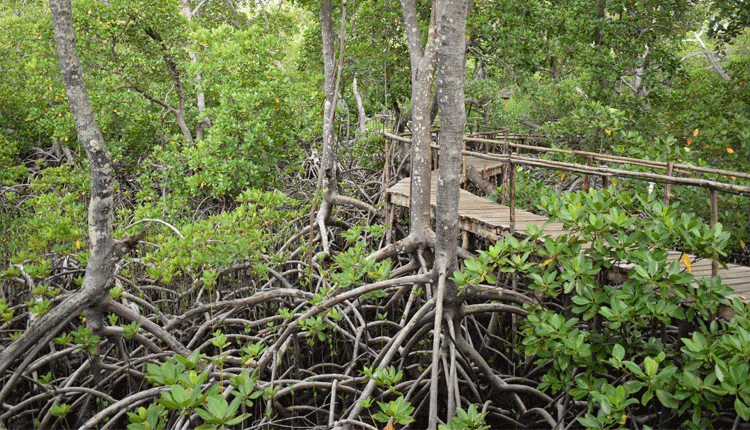Researchers say wetlands under threat
By Mwangi Mumero, September 14, 2021Wetland ecosystems are critical to the environment and help forestall negative effects of climate change, while boosting economic wellbeing of communities.
Their survival, however, is currently threatened by urban encroachment, aquaculture and other shoreline activities, according to scientists from Centre for International Forestry Research (CIFOR).
“Mangrove and peatland ecosystems- part of the wetlands remain critically threatened as sea levels rise caused by global warming puts their survival at great risk,” observed Dr Daniel Murdiyarso, a principal scientist at CIFOR.
He adds that, worldwide, mangroves have been severely degraded and reduced to half of their original amount over the past 50 years.
Mangrove forests, which grow in tropical and subtropical saline swamp waters, store carbon at concentrations more than five times higher than any other wetland ecosystem.
They offer climate mitigation and adaptation potential and protect shorelines from erosion by mitigating the impact of major storms.
Researchers believe conservation efforts of mangroves can yield immense benefits in the world.
“An investment of less than $1.8 trillion (Sh197 trillion) into the conservation and restoration, of landscapes featuring mangrove ecosystems will — by the end of the decade — produce a net benefit of $7 trillion (Sh767 trillion),” noted Dr Murdiyarso, in a recent webinar.
On the other hand, peatlands are waterlogged organic soil—which can reach 15m in depth.
It serves as a carbon sink but is currently threatened due to its flammability, which leads to release of toxic smoke and greenhouse gas emissions.
Peatlands represent half of earth’s wetlands, covering three percent of the global total land area, says Dr Michael Brady, another researcher at CIFOR.
“In tropical wetlands, fires largely occur in peatlands, particularly those that have been drained and where the vegetation has been either degraded or cleared,” noted Dr Brady.
According to the scientist, fire management and control remains an integral part of the overall conservation of peatlands.
More Articles

